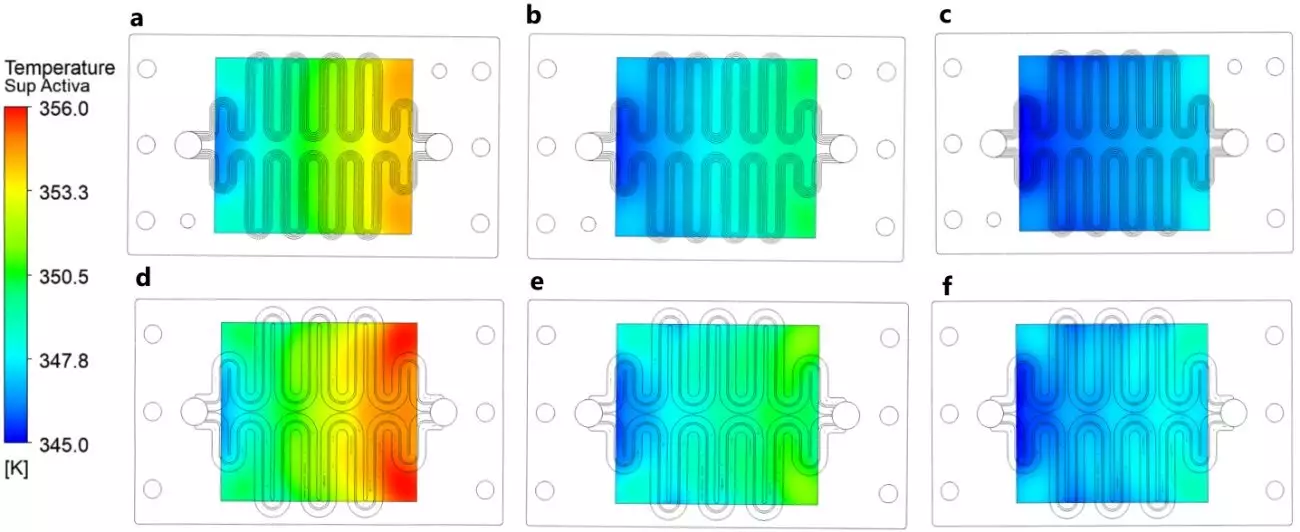The rising demand for sustainable energy solutions has led to significant advancements in fuel cell technology, particularly with Polymer Electrolyte Membrane (PEM) fuel cells. These systems exhibit high efficiency and low emissions, making them a favorable option for various applications, from transportation to stationary power generation. However, effective thermal management is critical to ensuring their operational efficiency and longevity. Recent research led by a team from the University of Seville has made strides in understanding how cooling parameters impact fuel cell performance.
Excessive heat in fuel cells can result in temperature differentials that jeopardize the structural integrity of the membrane, leading to reduced performance and potential failures. This phenomenon underscores the importance of a well-designed cooling strategy. The research focuses on the cooling of PEM fuel cell stacks, aiming to unveil the intricate relationship between temperature gradients and cooling mechanisms. Through numerical analysis of serpentine cooling channels, this study highlights how cooling efficiency directly influences overall cell performance.
Employing computational fluid dynamics (CFD) simulations, the researchers investigated a fuel cell with a 100 cm² active area, meticulously varying multiple parameters such as coolant fluid types, flow rates, thermal contact resistances, and materials of the bipolar plates. The study seeks to pinpoint the factors that most significantly affect the heat transfer capabilities of PEM fuel cells. By determining the relationship between these operating conditions and the Nusselt number, the researchers devised an innovative correlation for aspiring engineers and scientists to utilize in future designs.
The Importance of Thermal Conductivity and Mass Flow
One of the pivotal findings of this research is that the mass flow rate of the coolant and the thermal conductivity of the bipolar plates are crucial determinants of the cooling efficiency in PEM fuel cells. Optimizing these parameters can potentially enhance the heat exchange process, thereby reducing the risk of membrane degradation brought on by elevated operating temperatures. Hence, the new correlation introduced in the study aims to offer improved reliability in predicting the performance of PEM fuel cell stacks under varying conditions.
Implications for Future Fuel Cell Designs
The novel Nusselt number correlation emerging from this research serves as a vital tool for engineers focused on the design and optimization of fuel cells. By providing guidelines for the cooling system architecture, it allows future iterations of PEM fuel cells to minimize thermal risks associated with operation. Consequently, this leads to longer-lasting fuel cell systems that are capable of sustaining high performance over extended periods, ultimately contributing to their viability as a mainstream energy solution.
The University of Seville’s work not only enhances the comprehension of cooling mechanisms within PEM fuel cells but also sets the stage for more durable and efficient energy systems. With these insights, the next generation of fuel cell technology may become a cornerstone of clean energy solutions globally.

